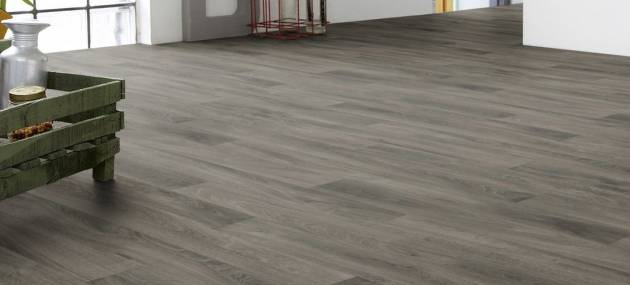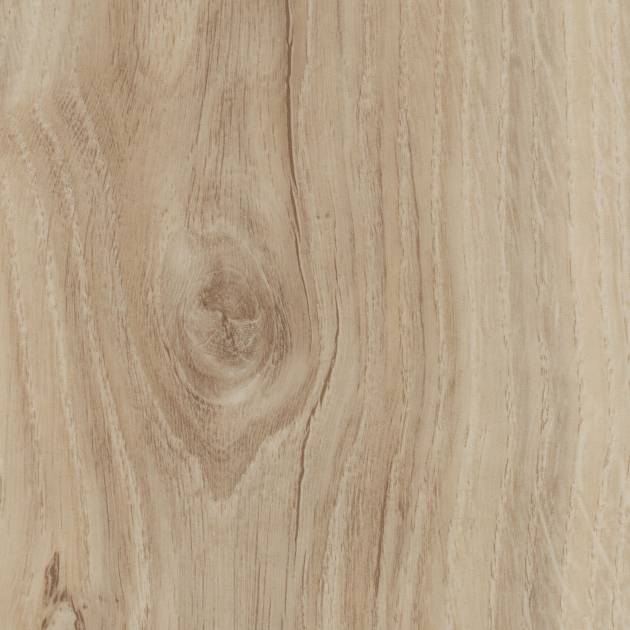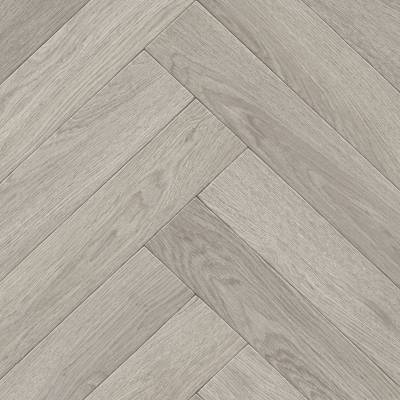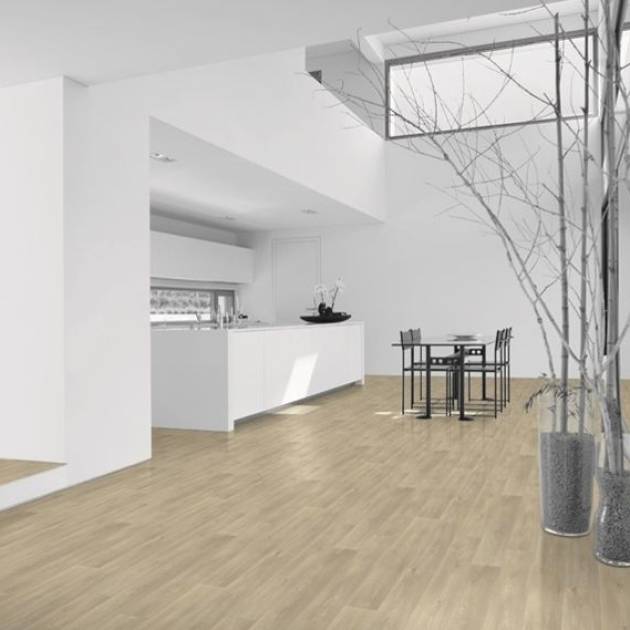Vinyl Flooring Buying Guide
If you want to give your property a new lease of life, investing in some brand new vinyl flooring can help give your house that contemporary feel it's been missing. With lots of different designs, including tile effect vinyl and stone effect vinyl, you can make any vision you have a reality. By reading through a vinyl flooring buying guide, you can learn some of the things to look out for if you’re considering buying some vinyl flooring.
Our guide to buying vinyl will help to inform you about the types of vinyl available, and some of the important things you need to know before taking the plunge; how easy is it to clean your vinyl flooring, and how do you lay it if you do decide to buy?

What is vinyl flooring?
Before we get into different aspects of vinyl flooring, it’s good to get a brief idea of what makes it up. So, what is vinyl flooring?
Vinyl flooring is actually comprised of several different layers of synthetic materials. Each layer fulfills a different purpose; the underside layers help keep the vinyl flooring in place and stops it slipping around, the middle layers help to provide a strong centre with varying properties including insulation and comfort, and the topside layers exist for protection from the wear and tear of everyday life including dust and dirt, spillages and heavy foot traffic.
What are the different vinyl styles to choose from?
There are a few main styles and types of vinyl flooring you can choose from depending on the room you’re fitting it in, requirements you have and what you’re looking for. Some are more suited for durability, whereas others have different benefits including moisture resistance, insulation and noise dampening.

Click vinyl flooring and other loose lay vinyl options don’t require adhesive and are made specifically to be installed without any extra assistance. These are often used if you want the benefit of easy removal and are often more inexpensive than sheet vinyl options. They are also easy to install as you don’t have to worry about spreading adhesive on the subfloor first.

Sheet vinyl flooring is also inexpensive in some cases, and its enhanced durability makes it perfect for high traffic areas including hallways and living rooms. People also opt for sheet vinyl for bathrooms and wet rooms (in some instances) as they generally feature moisture resistant properties, so water sits on top of the sheet instead of soaking in between tiles or planks. These can be slightly more difficult to install as you may have to match up the pattern across sheets, but are a great option if you want something with a few added benefits including insulation and comfort.
If you’re interested in learning more about these styles, check out our guide to different types of vinyl flooring for more details and information.
How easy is it to remove vinyl and upgrade in the future?
When people buy flooring, they often look ahead to the future in case they change their mind or want to improve it. Luckily, vinyl flooring is perfect for people who want the option to change things around. Click vinyl and loose lay are ideal for these situations as they don’t require adhesive, making it much easier to remove and lay more flooring without ruining the subfloor underneath.
If you’d rather not have to remove your vinyl flooring at all but still want to give it a new lease of life, that’s no problem either. When done properly, you can paint over your vinyl flooring if you take all of the necessary precautions beforehand and prepare your flooring accordingly. If you don’t make the right preparations, you can risk permanently damaging your vinyl and end up having to remove it anyway. If you’re interested in more information, you can check out our guide on painting over vinyl floors.

Can I lay vinyl flooring myself?
In short, yes you can! Although fitting vinyl flooring yourself can seem like an intimidating task, it’s not too difficult if you have all the necessary tools to hand and follow a step by step guide. Depending on the type of flooring you have, you might need to cut your vinyl flooring to size, prepare the subfloor for installation and spread adhesive if necessary. Once you’ve laid your flooring it easily sticks or clicks into place, and stays looking great for years! In some cases laying vinyl is a little bit more troublesome, so check out our guide on how to lay vinyl flooring for more tips and tricks, as well as any pitfalls you might encounter.
How easy is it to clean vinyl flooring?
Cleaning vinyl flooring isn’t very different to cleaning any other type of flooring, with a few subtle but noticeable changes. For cleaning loose debris including dirt and dust, the cleaning process is simple. You can either hoover or sweep up any dirt you discover, making sure to use non abrasive brushes to avoid scratches. It’s also recommended you treat your flooring with a specially designed vinyl flooring cleaning kit a few times a month to keep it looking its best! Unfortunately, you may encounter a stain that can’t just be washed off in which case you need to treat it as soon as possible; check out our guide on how to clean vinyl flooring on the most effective methods of getting rid of those pesky stains!
Buying vinyl flooring is one of the best decisions many families make in their task to give their home a facelift. With hundreds of colour and design options available in a range of different vinyl styles, this type of flooring really lends itself to any household, whatever room you want new flooring for. With a range of different properties and most styles being easy to install gives anyone a chance to do it themselves instead of being out of pocket hiring a professional carpet fitter.